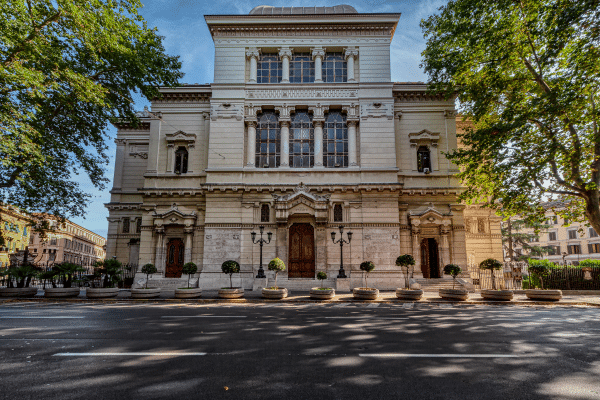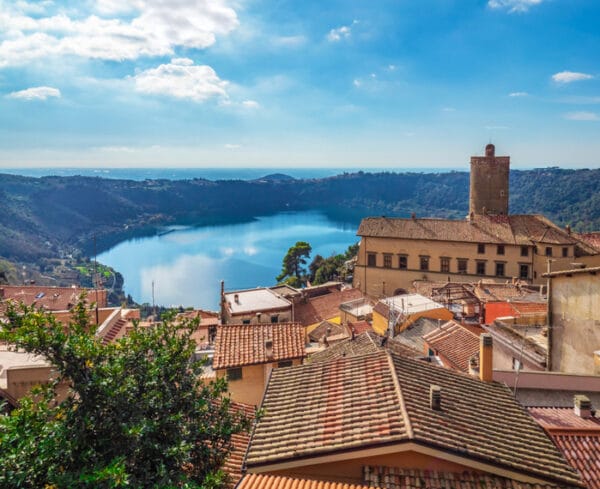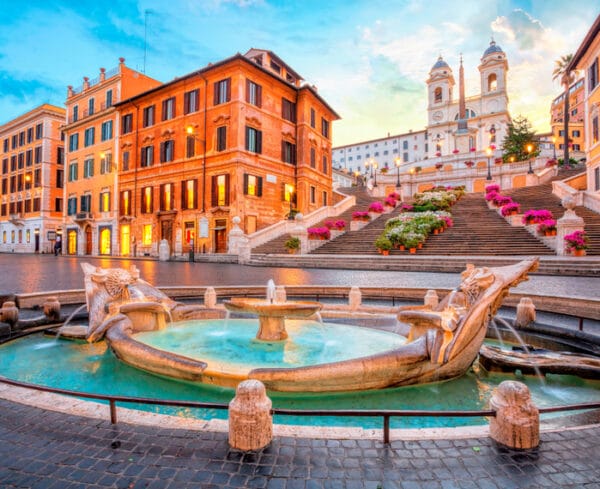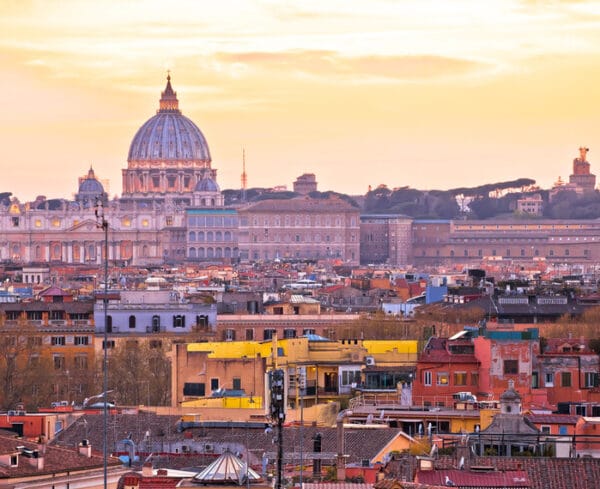In the historic center of Rome
Guided tour in the most characteristic places
Take part in this walking tour in the most characteristic places in the center of Rome. Thanks to the professional guide you will be able to discover all the peculiarities of the famous neighborhoods of Trastevere, Campo de Fiori and the Jewish Ghetto.
What we will visit
- Stroll among the most iconic places in the capital
- Learn about the millennial history surrounding these neighborhoods
- Immerse yourself in Roman life among narrow streets and alleys
Itinerary
Walking tour through the historic districts
- Meet with the guide at the meeting point in Piazza di Santa Maria in Trastevere and start of the guided tour.
We will discover all the secrets of the Trastevere district which takes its name from the Basilica of the same name from the 3rd century AD. and with an ancient fountain in the center restored in the XVII century by architect Carlo Fontana.
- Arriving at Piazza Trilussa
You will walk through the characteristic streets crossing Ponte Sisto built in 1475 which allows you to cross the Tiber to reach the Regola district.
- Arrive at Campo de’ Fiori
We will pass by Piazza Campo de’ Fiori, characteristic for its centuries-old daily market, becoming a place of evening “movida” and with in the center the Monument to Giordano Bruno, a Dominican friar burned at the stake on 17 February 1600. Walking along the characteristic Via dei Giubbonari full of various shops we arrive at the Jewish Ghetto.
- Tour of the Jewish Ghetto
Here lived the Jewish community of Rome from the sixteenth century. Characteristic of the area is undoubtedly the Portico d’Ottavia, the heart of the Jewish Ghetto.
Part of the vestibule, partially incorporated into the facade of the church of Sant’Angelo in Peschiera, remains visible from the monumental complex. The Ghetto was born in 1555 when Pope Paul IV decided to relegate the Jewish community of Rome to this closed area by surrounding the area with walls and 5 doors that were closed at sunset.
It remains in the memory of the most recent history for deportations to concentration camps during the Second World War: not to forget those dramatic events in the neighborhood, several stumbling blocks or golden cobblestones with the names of some captured citizens are scattered.
The presence of the Jewish community is tangible also thanks to the commercial activities present as well as the presence of the Synagogue (Il Tempio Maggiore).
- Visit the area of Teatro Marcello
We will end our fascinating day in the heart of Rome with a short stop in front of the Teatro Marcello, the theater of ancient Rome still partially preserved. The façade is imposing with Doric and Ionic columns that embellish it giving it an unmistakable style.
The construction was begun by Julius Caesar and finished by Augustus and dedicated to his nephew Marco Claudio Marcello son of Octavia of which you can admire the double row of arches that form the basis for the overhanging Palazzo Savelli.
Include/non include
The excursion includes:
- professional guide
- visit of the neighborhoods




